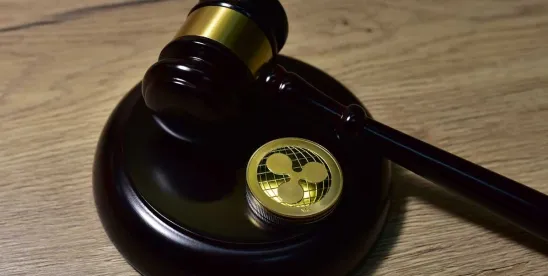The U.S. Securities and Exchange Commission (SEC) has launched a ‘Crypto Task Force’ page on its website, outlining the agency’s crypto regulatory agenda under the agency’s new leadership. This initiative follows the exit of former SEC Chair Gary Gensler under President Trump’s administration and signals a move away from the SEC’s previous enforcement-driven stance on cryptocurrency.
A New Approach to Crypto Regulation
The task force, led by Commissioner Hester Peirce, aims to address long-standing regulatory confusion that has plagued the crypto industry in recent memory. Under prior leadership, the SEC frequently pursued enforcement actions without providing clear guidelines, leaving crypto projects uncertain about compliance. Peirce has been a vocal critic of this approach, arguing that the SEC’s inconsistent treatment of crypto assets has stifled innovation and forced companies to operate in a legal gray area—or leave the U.S. altogether.
The task force’s primary initiatives will include:
- Defining which crypto assets qualify as securities. The SEC aims to establish clear criteria to determine which digital assets fall under securities laws, a move intended to resolve the legal uncertainty that has led to numerous court battles.
- Providing temporary relief for token issuers. The agency aims to create a framework to allow token projects to provide updated disclosures instead of facing immediate enforcement after issuance, offering issuers a clearer pathway to compliance.
- Exploring the possibility of registered token offerings. The SEC is considering adjustments to existing fundraising frameworks, such as Regulation A and crowdfunding rules, to make it easier for crypto startups to raise capital while maintaining compliance.
- Developing guidelines for crypto custody, lending, and staking programs. Clear regulations will help issuers and institutional investors navigate the legal complexities of holding, staking and managing crypto assets.
- Creating transparent criteria for crypto ETFs. The task force plans to dispel uncertainty around the approval process for crypto-backed ETFs by providing specific requirements for approval.
To encourage industry participation, the public can now submit feedback through the task force’s website, which will be post to the SEC’s website unless marked as confidential. Developers, investors, and other stakeholders can request meetings and contribute ideas to help shape the regulatory framework. The SEC also clarified that this platform is not for whistleblower complaints, which must still go through formal channels.
Balancing Regulation and Innovation
A key challenge for the task force will be balancing investor protection with industry growth. While the SEC aims to provide legal clarity, it has also made clear that it will not be giving crypto projects a free pass. Commissioner Peirce highlighted this balancing act: “We want a destination where builders can experiment without fear, but where fraudsters have no place to hide.”
To prevent regulatory overreach, the task force plans to work closely with Congress, the FDIC, the CFTC, and international regulators to ensure that crypto laws are consistent and do not overlap unnecessarily. With many crypto projects operating internationally, one possible solution Commissioner Peirce addressed is the creation of cross-border regulatory sandboxes, to allow crypto projects to test their models in a controlled environment without immediate legal repercussions. Should the Crypto Task Force execute on its promises, this would make the United States the first nation to provide a holistic framework for the oversight of the cryptocurrency industry.
After years of uncertainty, the SEC is finally taking steps toward a practical, industry-informed approach to crypto regulation. While there is still a long way to go, crypto oversight under the SEC now seems to have a clear direction—one that aims to strike a balance between innovation and compliance.




 />i
/>i

